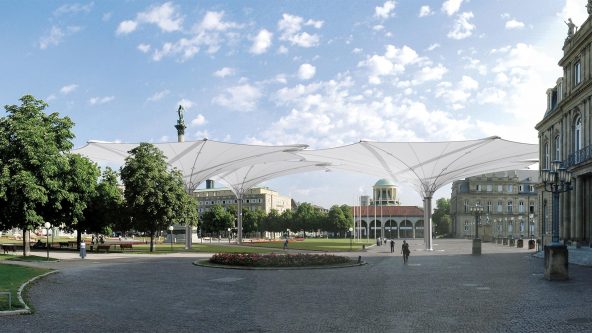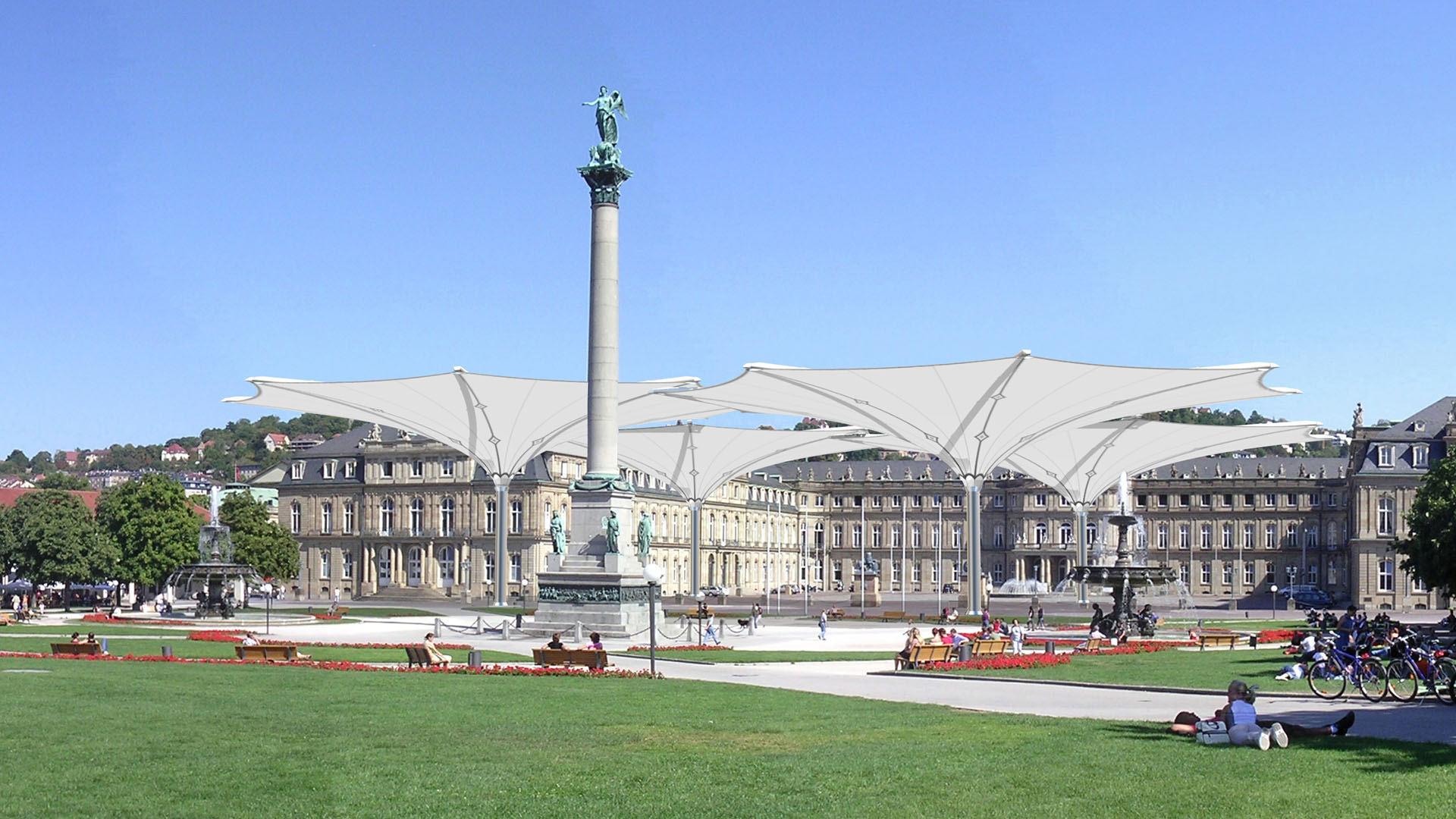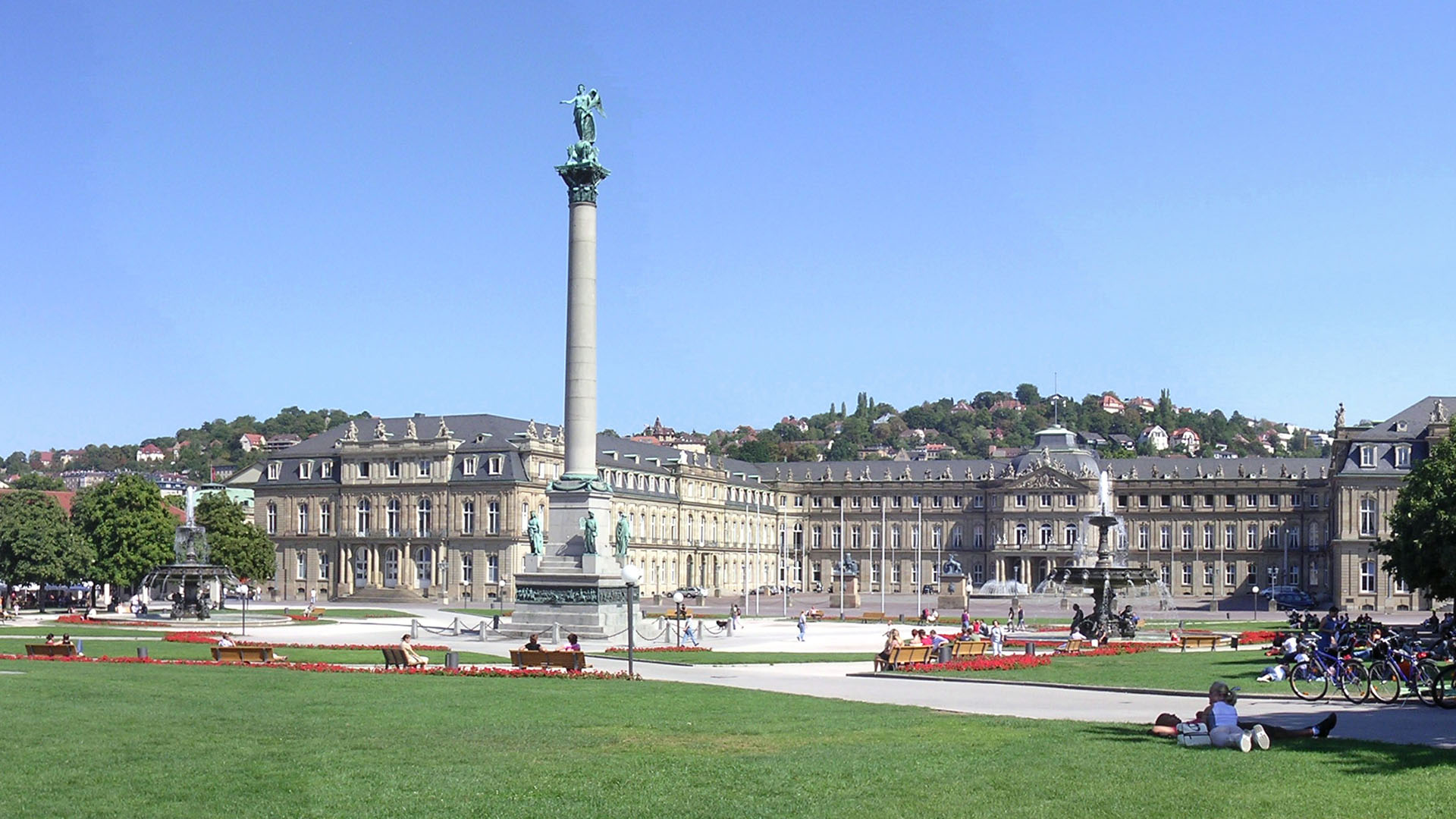Increasing Heat in Cities
The Next Summer is Sure to Come

Extreme weather events are on the rise, as mankind has increasingly witnessed in many parts of the world, especially in recent years. Whether droughts, flood disasters or increasingly hot summers – climate change has a wide range of effects, some of which are severe. Cities suffer particularly, as many circumstances come together here that favour the effects and reinforce each other. The consequences are so-called heat islands, which arise due to the combination of the amount of buildings, low wind draught as well as the accumulation of greenhouse gases. The large number of closely spaced buildings means that heat is increasingly stored by the concrete or glass facades. In addition, surfaces are more heavily sealed by the buildings and it is made more difficult for the wind to blow between the buildings. Cities like Stuttgart are doubly affected: In addition to the dense arrangement of the buildings, the location in the cauldron also contributes to the fact that the natural exchange of air is impeded and the heat continues to accumulate at night.
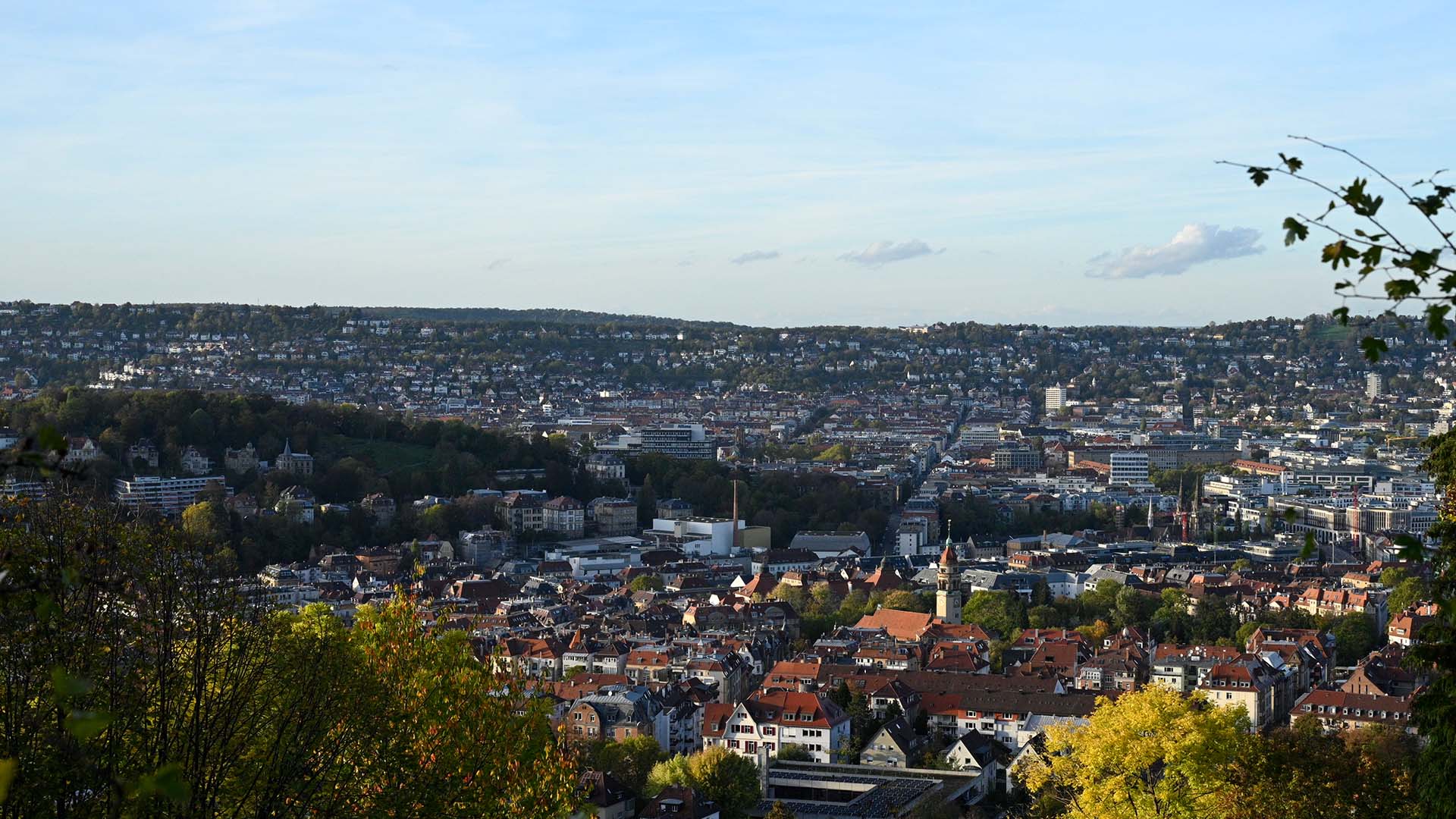
In more rural areas, water in lakes and streams favours evaporation and thus has a cooling effect on the surroundings. Denser vegetation can also have a positive effect on the climate here. For example, at high temperatures, trees sweat out water through their leaves, which means that new water is always being drawn in from the roots. This process consumes energy while simultaneously increasing the humidity. In Singapore, this knowledge has already led to a more environmentally friendly and forward-looking rethinking of urban planning and development; here, the concept of urban agriculture has been applied for some time. Greening projects can be found everywhere, for example on facades and roofs in densely built-up areas. On the one hand, this contributes to improving the air and binding pollutants, and on the other hand, it regulates the climate in buildings, which manifests itself in the form of cooling in summer and heat storage in winter.
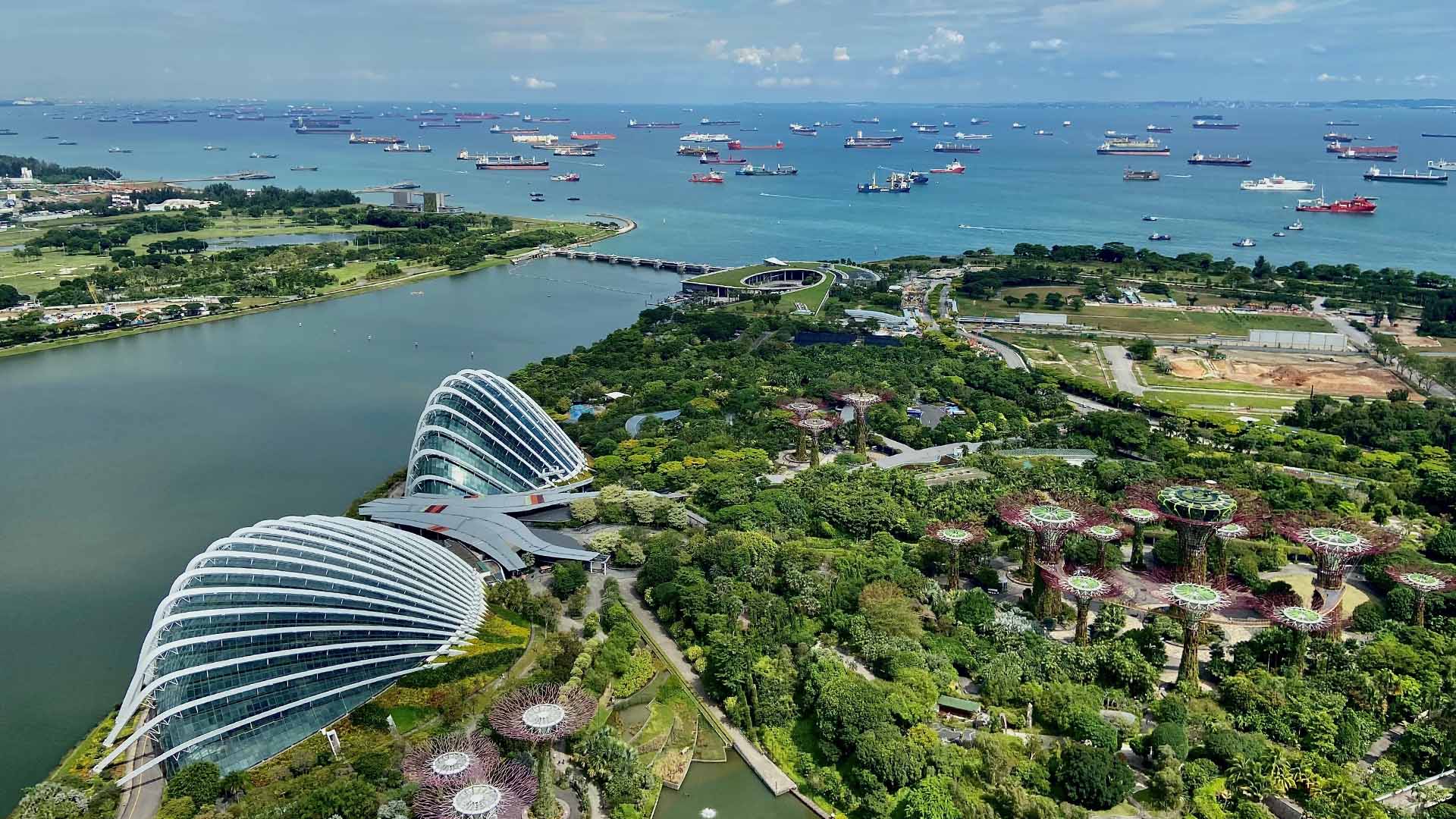
However, greening is not always the unrestricted means of choice. In terms of water scarcity, too, the consequences must be weighed far and wide. Without sufficient irrigation, greening can no longer fulfil its original purpose. When potential savings in water consumption are discussed, this mostly concerns the water supply in public gardens or green spaces first. To make matters worse, dried green areas heat up even more than concrete, for example. Furthermore, health aspects must also be taken into account: If the humidity rises too much, the body can no longer cool down and overheats. In addition, pollutants can accumulate under dense tree canopies, which means that people are more intensively exposed to environmental toxins.
As a suitable strategy, long-lasting shading solutions made of heat-repellent textile material are also being considered. Although the production of these also consumes resources, they are largely low-maintenance and efficient in use after installation. The membranes can reliably filter UV light and have a high degree of reflection, which means that shaded surfaces underneath cannot heat up strongly. In addition, constructions of this type also protect against rain and can be inconspicuously integrated into the surroundings. Convertible solutions can also be folded up in case of temporary non-use and thus be used flexibly – in the case of mobile structures, they can even be deployed regardless of location. In this way, textile shading structures can selectively complement urban green spaces and their positive effects, provide additional climate comfort and thus create new social spaces. The possible uses of partial shading range from highly frequented places such as parks, marketplaces or pedestrian zones to walkways or roof terraces.
